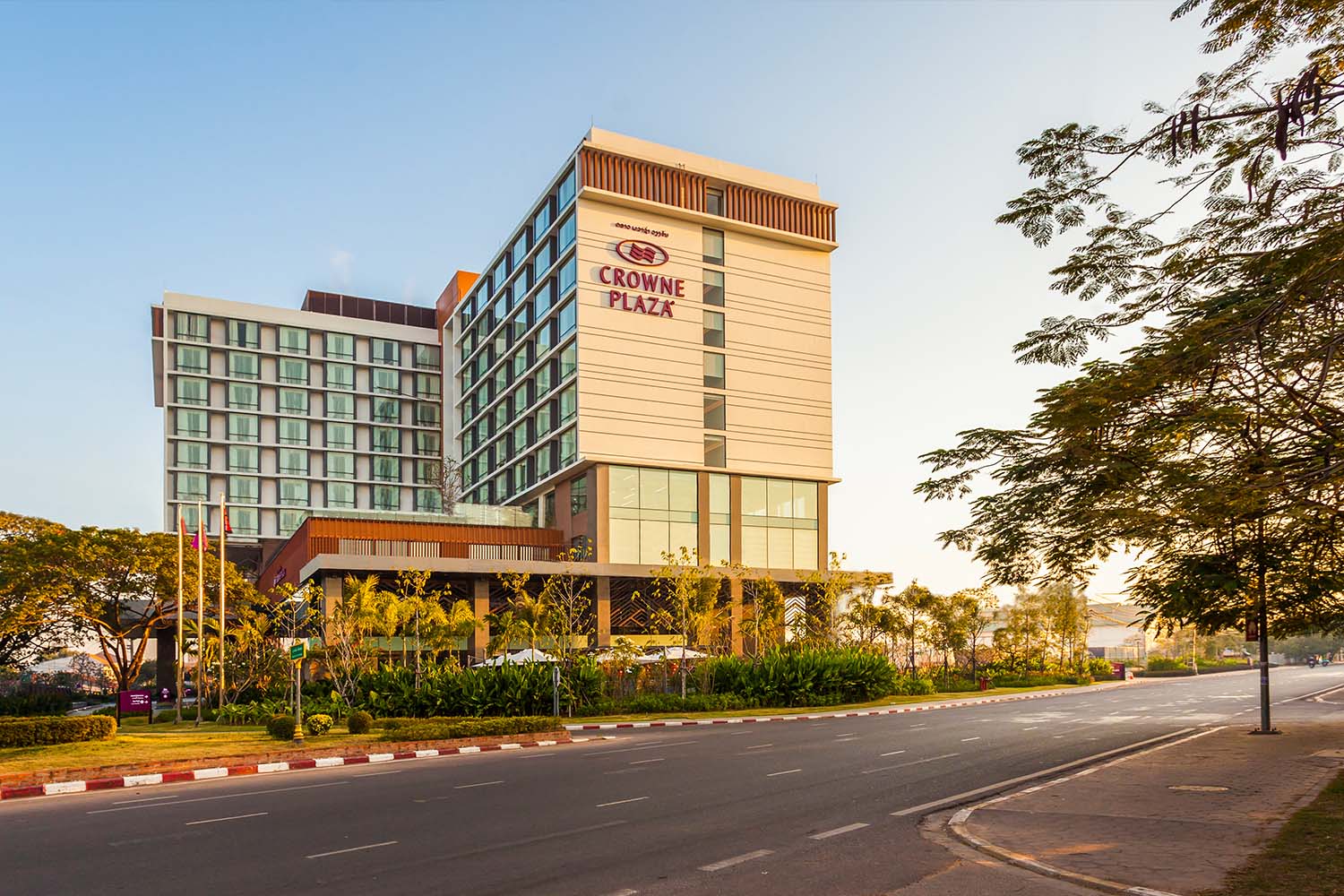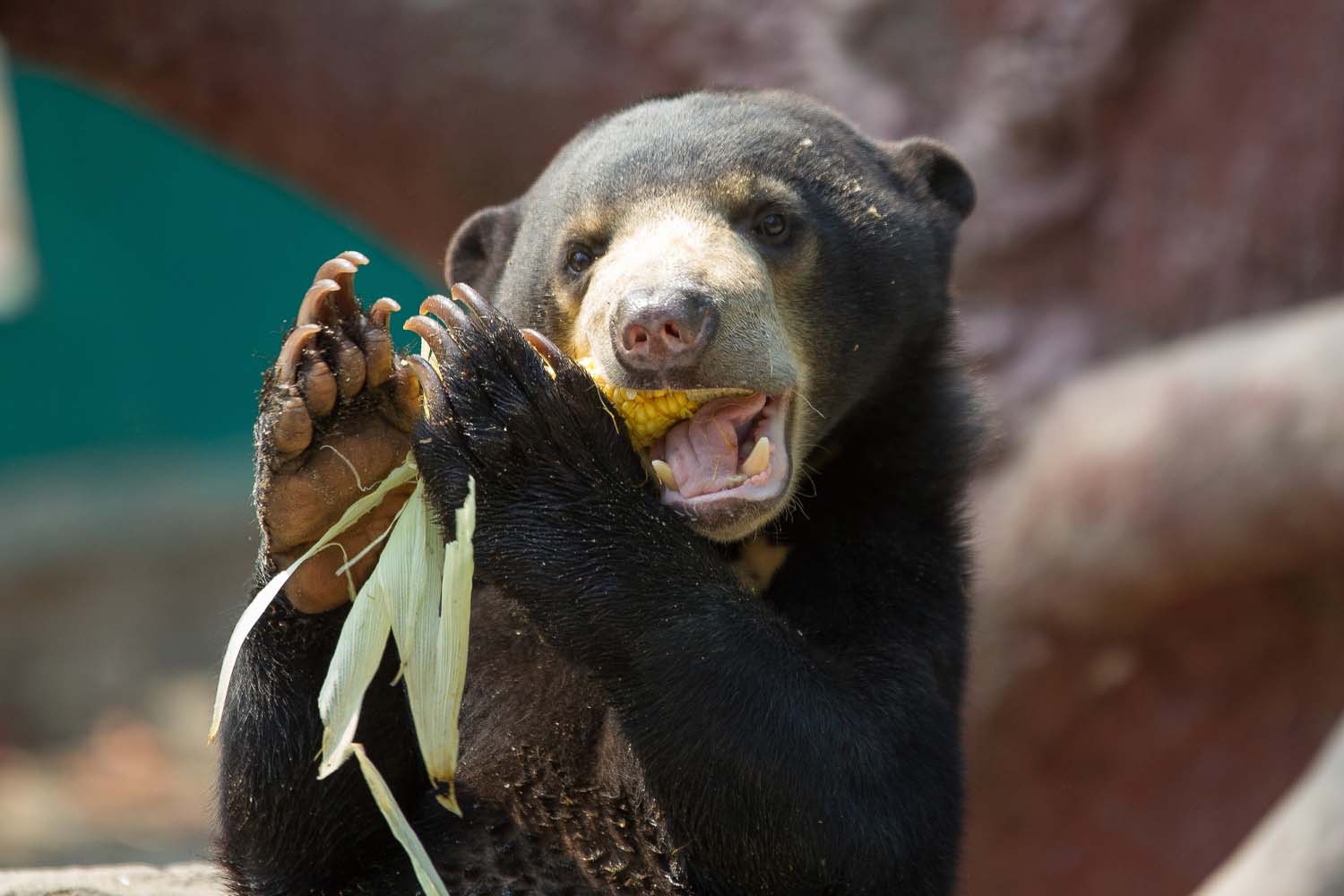The roots of modern day Laos can be traced to the kingdom of Lan Xang, a powerful force in Southeast Asia from the middle of the 14th century until the start of the 18th century. The name translates to “land of a million elephants,” as the powerful animals were an icon for the kingdom and remain revered today. Lan Xang split into three separate Lao kingdoms, which were then brought back together under colonial French rule and dubbed Laos.
Tourism in Laos is a relatively new pursuit; the country opened up its borders in 1989. The former capital of Luang Prabang was named a UNESCO site in 1995, and by 1999, the country eased up the process of obtaining a visa and made a concerted push to attract more international visitors. It’s become one of Laos’s most important industries and a needed development compared to the country’s complex and often difficult recent history — French colonization, a post-independence civil war and the Vietnam War, during which the United States dropped two million tons of bombs on the country’s land. This is reported as being almost a ton of bombs per capita and is nearly equal to the sheer mass of U.S. bombing across both Europe and Asia in World War II. Meanwhile, that gentle giant and cultural icon, the Asian elephant, is a population on the brink. Deforestation and poaching have reduced their numbers to just 800 across the country, half of which are in captivity.
All to say, the tourism boon — increasing to 4.7 million arrivals per year prior to the pandemic from a start of 14,400 in 1990, the first year official government figures are available — has not only opened the world’s eyes to what Laos has to offer but also provides an important contribution to the country and its residents. On a visit to Laos, you’ll find none of the overcrowded, tourist mania of Southeast Asian hot spots like Bali or Phuket, but instead the innate appeal that originally encouraged people to head to those locales in droves — ornate wats and the welcoming hospitality of Buddhist culture, spicy noodles and street eats on the cheap, history and culture, lush environs to enjoy, and a smiling face around every corner. Do all of that and more in one perfect week spent traversing the country.
Getting to Laos
Flights to Laos from the United States will route through a regional hub, most often Bangkok, on the way to either Vientiane or Luang Prabang. Those international airports are also well connected to neighboring countries for those looking to extend a trip from somewhere such as Vietnam, for instance. Visas are required but are easy to obtain via an online portal.

Day 1: Vientiane

Stay: The Crowne Plaza Vientiane is one of the top full-service hotels in the capital city. The hotel has several restaurants and bars and a well equipped fitness center and spa. There’s also a rooftop infinity pool deck, the ideal place to retreat for some relaxation and sun after a day of what was likely hot and sweaty touring. The hotel is near the night market and a park adjacent to the Mekong, looking across to Thailand on the other side of the river.


Do: Spend your first day with a tour of Vientiane’s major sites. At the top of the list is Pha That Luang, or the Great Sacred Stupa. The golden stupa makes for an impressive site and sits amid a compound that’s been considered a Buddhist holy place since the third century. Visit Wat Si Saket and its thousands of Buddha statues and images; That Dam, a stone spire-like stupa known as the Black Stupa; and the Patuxai Monument, an enormous triumphal arch celebrating the country’s independence.


Eat: Visit the Food Park Center Point, an outdoor collection of several dozen food vendors and stalls serving a wide range of Lao specialties. There are also Japanese, Thai, Chinese and other cuisines represented, making it easy to sample a number of small dishes while strolling around and surveying the scene. Consider walking down to the Vientiane Night Market, which is predominantly for shopping rather than eating but has a line of food vendors on the street beyond its entrance.

Day 2: Vientiane

Do: Take a half-day tour out of the city to the Buddha Park, or Xieng Khuan. The sculpture garden and park includes several hundred statues honoring both Buddhism and Hinduism. It created in 1958 by Bunleua Sulilat, a cross-denominational mystic and religious leader, and its collection of statutes is perhaps fittingly eclectic, making for an intriguing destination.


Eat: Grab a meal at a Lao restaurant, such as Tamnak Lao, Doi Ka Noi or both. The restaurants were recommendations from chef Seng Luangrath, founder of the Lao Food Movement organization. In 2014, she opened Thip Khao in Washington, D.C., and I’ve continued dreaming about her food — like one of her signature dishes, naem khao, a crispy coconut rice salad with sour pork served in lettuce wraps — ever since.
Thip Khao was one of the country’s first legit Lao restaurants, and it provided my introduction to the cuisine, serving as an original source of inspiration for me to visit the country one day. To say that the proximity of a former girlfriend’s apartment to the Columbia Heights restaurant was a substantial fringe benefit in terms of my ongoing interest is no exaggeration. Many of the restaurant recommendations throughout this story come courtesy of chef Seng.

Day 3: Vang Vieng

Stay: Amari Vang Vieng has a central location along the Nam Song River. Brightly colored, modern rooms feature mountain views, and the hotel has a large outdoor pool area overlooking the river. Vang Vieng’s Walking Street and main restaurant and shopping corridor are within easy reach.


Do: Take the hour-long high-speed train to Vang Vieng. Head out of town to its famed system of caverns and lagoons, with caves like Tham Chang, Tham Nam and Tham Phu Kham, a numbered series of Blue Lagoons, and the Kaeng Nyui waterfall. Once you’ve returned, take a walk around the streets of Vang Vieng, or consider a long tail boat river cruise or a tuk-tuk tour.


Eat: Visit the MittaPhap restaurant, run by and supporting the nonprofit Sae Lao Project, located near Blue Lagoon 1. Back in town, the Riverside Boutique Resort’s Restaurant du Crabe d’Or is a highly touted option serving both western and Lao dishes.
Pro tip: The Laos portion of the Lao-China Railway, or LCR, is a recent debutante and has greatly improved the convenience of traveling through the country’s major destinations. It’s also less than intuitive to try to snag tickets from its official platform. Secure your seat with a third party service — I used this one — that makes the reservation for you and sends you your ticket three days ahead of your date of travel for a small upcharge on an affordable ticket.

Day 4: Luang Prabang

Stay: La Résidence Phou Vao, A Belmond Hotel is located on the grounds of a former royal residence. Mount Phousi is viewable in the distance from the estate, where 34 rooms are spread across a series of low slung buildings connected by garden pathways. A scenic pool area serves as a central gathering hub and seems as if it’s almost a natural feature of the jungle. Rooms feature canopy beds, built-in stone bathtubs and balconies with lounge chairs.


Do: Hop back on the LCR for another short, hour-long train journey onward to Luang Prabang. After checking into the Belmond, use their on-call shuttle service to catch a short ride into town and proceed to tour its wondrous architecture, with about 1,000 buildings in the old town protected by UNESCO. Visit the Royal Palace and National Museum and temples such as Wat Xieng Thong with its intricate, colorful mosaics and Wat Visoun with a stupa from 1513. Embark on a short hike up 328 steps to the top of Mount Phousi for the best view of the city, as well as the rivers and mountains encircling it.


Eat: Stop amid your touring for a recharging meal amid the languid riverfront environs of the Viewpoint Cafe. After returning to La Résidence, enjoy a meal at Tam Nan, its fine-dining restaurant focused on traditional Lao flavors and slow-cooking techniques spliced with modern riffs. The restaurant debuted in 2022 and is run by chef Larisa Vesterbacka, who says she’s able to source about 95% local and organic ingredients. Tam Nan can be translated to legend or legendary, and you may leave thinking the cuisine was just that, thanks to its bold flavors and clever presentations.

Day 5: Luang Prabang

Do: Start your day with a visit to the Luang Prabang morning market. Come hungry and come early — it’s time to dig into street eats and noodles, such as khao soi and khao poon. Continue to Le Khaoji Cafe for Luang Prabang-style banh mi known as khao jee pate, another chef Seng recommendation.
Loaded up on food for the day, head to the Elephant Conservation Center, an organization dedicated to caring for and protecting the country’s elephants, with 33 resident elephants across its 15,000 acres. It’s about two and a half hours from town but worth the lengthy trip. Returning in time for sunset, seek out an almsgiving ceremony, held daily in the morning and evening at locations throughout Luang Prabang, filled with dozens of Buddhist temples.
Pro tip: There’s no shortage of options for alms giving. One recommended choice is heading to Wat Mai in the evenings, about 5:45 p.m., to observe their monks chanting. From there, you can continue straight to the night market across the street to get the evening underway.

Day 6: Luang Prabang

Stay: Switch up your vantage point by checking into the Rosewood Luang Prabang, a Bill Bensley-designed property that opened in 2018. It features 23 rooms across different categories of suites, villas and hilltop tents, with a central pavilion of the hotel housing The Great House restaurant and a circular pool set amid a grassy lawn. Lavish villas line the rushing creek that runs through the property and feature private decks and plunge pools, with vibrant décor and artwork stylized around different themes such as historical explorers and artists.


Do: Head about an hour out of town to the Kuangsi Waterfall, a picturesque setting with a stunning collection of falls and walking trails to explore and photograph. Right nearby is Tat Kuang Si Bear Rescue Center, a preserve for Asiatic black bears, known as moon bears.


Eat: Reserve a Royal Laotian Cuisine dinner at the Rosewood’s Great House. The family-style set menu comes with half a dozen dishes served atop a dragon boat tray, alongside a handful of sauces and sides. It’s an unforgettable presentation showcasing traditional Lao dishes and a fitting feast for a royal family — or a very hungry solo traveler.
Pro tip: Head out for Kuangsi early in the morning to beat the crowds. Depart by 7 a.m. and bring a packed breakfast to enjoy once you’ve arrived at the falls. Or head to adjacent cafe Carpe Diem after your visit.

Day 7: Luang Prabang

Do: The Rosewood is at its best as an escape for immersing yourself into the natural environment. It’s fitting then to spend an afternoon doing just that, on your final day before departing. Consider a visit to the property’s spa, which specializes in traditional Laotian therapies with natural herbs and remedies. Treatments are offered in standalone spa tents set amid the lush jungle hillside, with those natural ingredients picked from an adjacent garden.
In the evening, head out for a sunset river cruise on the Rosewood’s private boat. It’s one of the most popular tourist activities in Luang Prabang, but instead of joining a jam-packed service with dozens of others, this is reservable for a couple or family. On board, you’ll be served a lineup of Lao canapés and drinks of your choice, with comfortable lounging beds for relaxing and soaking up the views of passing villages, distant mountains and the confluence of the Mekong and Nam Khan rivers.

Eat: In the unlikely event you’re still hungry after returning to town from the river cruise, head out for a final meal at recommended restaurants Tamarind, Bamboo Tree or Manda de Laos.
This article was featured in the InsideHook newsletter. Sign up now.
























